-
 Bitcoin
Bitcoin $118100
-0.44% -
 Ethereum
Ethereum $3585
5.43% -
 XRP
XRP $3.434
5.65% -
 Tether USDt
Tether USDt $1.000
0.02% -
 BNB
BNB $743.8
3.89% -
 Solana
Solana $178.7
3.84% -
 USDC
USDC $1.000
0.03% -
 Dogecoin
Dogecoin $0.2381
12.81% -
 TRON
TRON $0.3270
3.62% -
 Cardano
Cardano $0.8315
4.93% -
 Hyperliquid
Hyperliquid $44.51
-4.42% -
 Stellar
Stellar $0.4710
1.52% -
 Sui
Sui $3.896
-2.51% -
 Chainlink
Chainlink $18.09
6.98% -
 Hedera
Hedera $0.2681
9.31% -
 Bitcoin Cash
Bitcoin Cash $516.7
4.83% -
 Avalanche
Avalanche $23.95
6.96% -
 Shiba Inu
Shiba Inu $0.00001490
5.67% -
 UNUS SED LEO
UNUS SED LEO $8.966
0.80% -
 Toncoin
Toncoin $3.294
4.39% -
 Litecoin
Litecoin $105.4
4.69% -
 Polkadot
Polkadot $4.356
5.30% -
 Uniswap
Uniswap $10.29
17.25% -
 Monero
Monero $327.9
-3.04% -
 Bitget Token
Bitget Token $4.942
4.33% -
 Ethena USDe
Ethena USDe $1.001
0.08% -
 Pepe
Pepe $0.00001348
2.17% -
 Dai
Dai $1.000
0.02% -
 Aave
Aave $320.8
0.58% -
 Bittensor
Bittensor $411.8
-4.07%
Bybit vs Binance which is better for trading?
Binance and Bybit both offer robust crypto trading features, but Binance excels in liquidity and ecosystem diversity, while Bybit stands out in futures trading and user interface speed.
Jul 16, 2025 at 02:28 pm
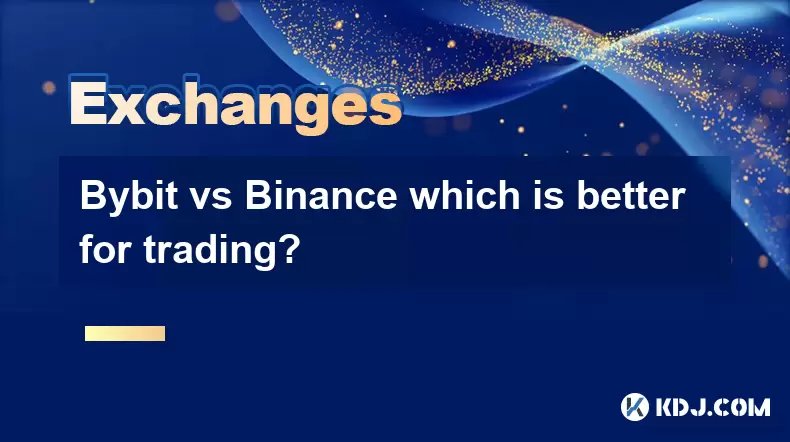
Overview of Bybit and Binance
When comparing Bybit vs Binance, it's essential to understand what each platform offers in terms of services, user experience, and security. Both are among the top cryptocurrency exchanges globally but cater to slightly different audiences. Binance is often seen as a comprehensive crypto ecosystem offering spot trading, futures, staking, NFTs, and even its own blockchain. Bybit, while also offering a wide array of features, is particularly known for its strong focus on derivatives and futures trading.
Binance was launched in 2017 and has grown rapidly to become one of the most dominant exchanges by volume and user base. It supports hundreds of cryptocurrencies and offers a mobile app, desktop interface, and API access for advanced traders.
Bybit, founded in 2018, started with a focus on futures and margin trading. Over time, it expanded into spot trading and added more features such as P2P trading and copy trading. It's popular among users who prefer high-leverage trading options.
User Interface and Experience
The user interface (UI) plays a significant role in determining which platform might be better suited for your trading needs. Binance provides a clean, intuitive layout that can be customized based on whether you're a beginner or an advanced trader. The platform offers multiple versions—Binance Lite, Classic, and Advanced—allowing users to choose their preferred level of complexity.
- Binance Lite Mode simplifies trading for newcomers, showing only basic order types and limited charting tools.
- Classic Mode adds more functionality like limit orders and stop-loss features.
- Advanced Mode is designed for professional traders with depth charts and customizable layouts.
On the other hand, Bybit maintains a consistent UI across all its platforms. Its design is sleek and modern, emphasizing speed and responsiveness, especially during volatile market conditions. The platform integrates real-time data and allows for quick execution of trades.
Trading Fees and Limits
One of the most critical aspects when choosing between Bybit and Binance is the fee structure. Both platforms use a tiered system based on trading volume and whether you hold their native token—BNB for Binance and BYBIT for Bybit.
For spot trading fees:
- Binance charges a standard 0.1% taker fee and 0.075% maker fee. These rates decrease as your 30-day trading volume increases.
- Bybit starts at 0.1% for takers and 0.02% for makers. These rates can also be reduced with higher trading volumes or holding the BYBIT token.
In futures trading, Bybit tends to offer lower fees than Binance. For example, Bybit’s taker fee starts at 0.06% and maker at -0.01%, incentivizing liquidity provision. Binance's futures fees start at 0.04% for takers and 0.02% for makers.
Both exchanges charge withdrawal fees, which vary depending on the cryptocurrency. Neither platform charges deposit fees for crypto, but fiat deposits may incur charges depending on the payment method.
Security Measures and Reputation
Security is paramount in the crypto space, and both Bybit and Binance have taken measures to protect user assets.
Binance has faced scrutiny in the past due to regulatory issues and occasional security breaches, but it has since improved its protocols. It uses multi-tier and multi-cluster system architecture, cold storage for funds, and two-factor authentication (2FA). Binance also has a Secure Asset Fund for Users (SAFU), which acts as an insurance fund to cover losses in case of a hack.
Bybit emphasizes transparency and has never suffered a major security breach. It employs similar safeguards: cold storage, mandatory 2FA, IP whitelisting, and anti-phishing codes. However, unlike Binance, Bybit does not have a public insurance fund, though it claims to cover any potential losses from exchange-level vulnerabilities.
Both exchanges conduct regular audits and maintain bug bounty programs to enhance platform security.
Liquidity and Available Trading Pairs
Liquidity affects how quickly you can enter or exit a trade without significantly impacting the price. Binance generally offers superior liquidity due to its larger user base and extensive list of trading pairs. It supports over 500 cryptocurrencies and numerous fiat gateways.
Bybit focuses more on crypto-to-crypto pairs and has robust liquidity in major coins like BTC, ETH, and USDT. While it has fewer fiat options compared to Binance, it compensates with deep liquidity in derivatives markets, especially perpetual contracts.
- Binance supports trading pairs with USD, EUR, GBP, and various stablecoins like USDT, BUSD, and USDC.
- Bybit primarily supports USDT and USDⓈ-M (Binance's stablecoin) for futures, with growing support for fiat pairs in select regions.
Customer Support and Mobile App Experience
When issues arise, having reliable customer support is crucial. Binance offers 24/7 support via live chat, email, and an extensive help center. Response times can vary, especially during high-volume periods.
Bybit provides support through live chat and a ticketing system. While generally responsive, some users report longer wait times during peak hours.
Both exchanges have well-designed mobile apps available on iOS and Android. The Binance app includes almost all features found on the desktop version, including P2P trading, staking, and futures. The Bybit app excels in futures trading performance and offers a streamlined interface optimized for fast trading actions.
Frequently Asked Questions (FAQ)
Q: Can I trade stocks or forex on Bybit or Binance?
A: No, neither Bybit nor Binance currently supports traditional stock or forex trading. Both platforms are focused solely on cryptocurrency-related products.
Q: Is KYC required on Bybit and Binance?
A: Yes, both exchanges require Know Your Customer (KYC) verification to unlock higher withdrawal limits and certain features like fiat deposits and P2P trading.
Q: Which exchange has better leverage options for futures trading?
A: Bybit offers up to 100x leverage on certain trading pairs, making it more attractive for aggressive traders. Binance caps leverage at 125x but adjusts it based on market volatility and risk management policies.
Q: Do both exchanges offer referral programs?
A: Yes, both Binance Referral Program and Bybit Referral Program allow users to earn commissions by inviting new traders. Binance offers up to 20% commission, while Bybit provides up to 20% as well, depending on the referred user's trading activity.
Disclaimer:info@kdj.com
The information provided is not trading advice. kdj.com does not assume any responsibility for any investments made based on the information provided in this article. Cryptocurrencies are highly volatile and it is highly recommended that you invest with caution after thorough research!
If you believe that the content used on this website infringes your copyright, please contact us immediately (info@kdj.com) and we will delete it promptly.
- Penny Altcoins Eyeing $1 in Q3 2025: Cardano, BlockchainFX, and the Hunt for Crypto Gold
- 2025-07-19 05:10:13
- Trump, Stablecoins, and New Laws: A Crypto Revolution?
- 2025-07-19 05:10:13
- Princess Anne's 75th Birthday: A Royal First and a Celebration of Duty
- 2025-07-19 04:50:13
- Flare Crypto: Powering the Decentralized Future with a Robust Data Backbone
- 2025-07-19 04:55:13
- Bitcoin's Record Highs: Navigating Risk Assets in the Crypto Craze
- 2025-07-19 05:00:13
- Passive Income Revolution: Crypto Cloud Mining in 2025
- 2025-07-19 05:05:13
Related knowledge
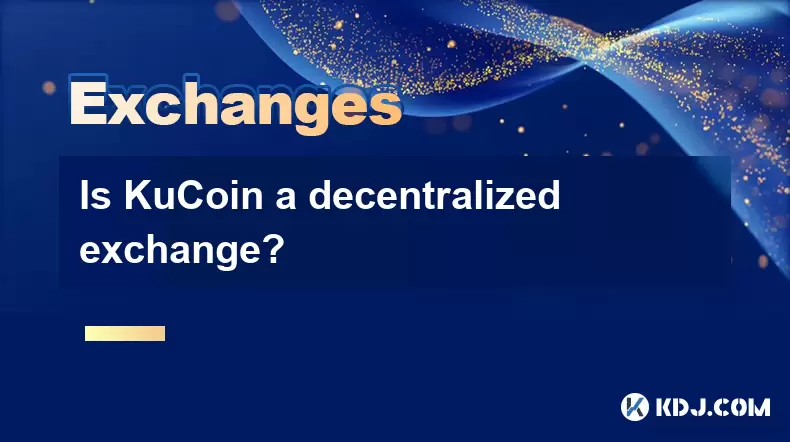
Is KuCoin a decentralized exchange?
Jul 18,2025 at 03:15pm
Understanding Decentralized Exchanges (DEXs)To determine whether KuCoin is a decentralized exchange, it's essential to first understand what defines a...
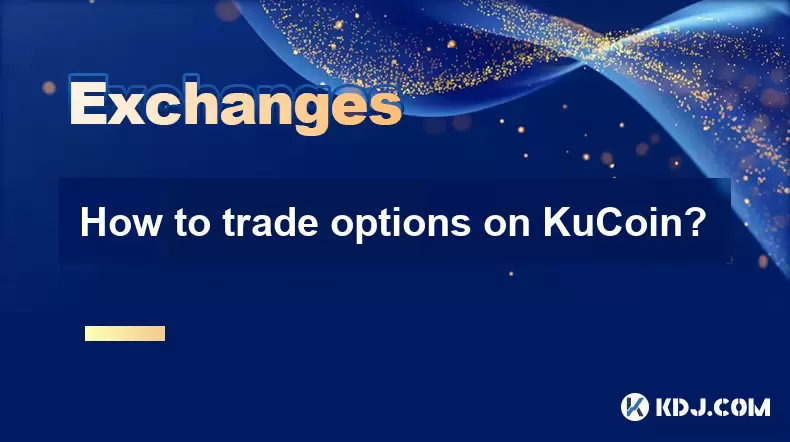
How to trade options on KuCoin?
Jul 19,2025 at 03:42am
Understanding Options Trading on KuCoinOptions trading on KuCoin allows users to speculate on the future price movements of cryptocurrencies without o...
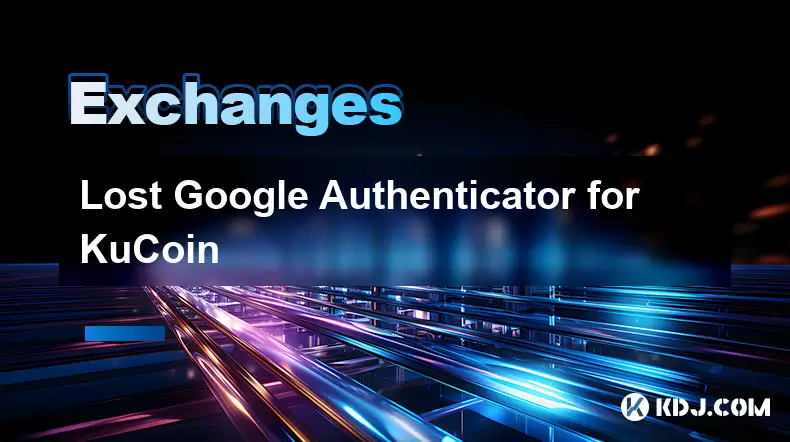
Lost Google Authenticator for KuCoin
Jul 19,2025 at 02:35am
Understanding the Importance of Google Authenticator in KuCoin SecurityGoogle Authenticator is a critical tool used by KuCoin users to enable two-fact...
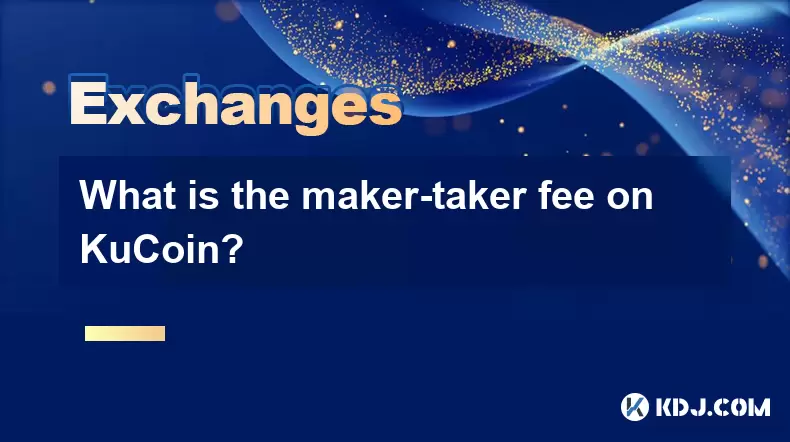
What is the maker-taker fee on KuCoin?
Jul 18,2025 at 12:42pm
Understanding the Maker-Taker Fee ModelThe maker-taker fee model is a pricing structure used by many cryptocurrency exchanges, including KuCoin, to de...
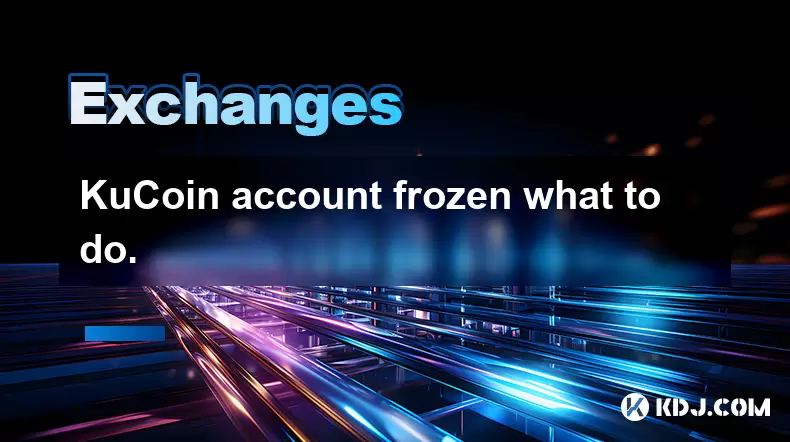
KuCoin account frozen what to do.
Jul 19,2025 at 04:35am
Understanding Why Your KuCoin Account Was FrozenIf you've discovered that your KuCoin account is frozen, the first step is to understand why this has ...
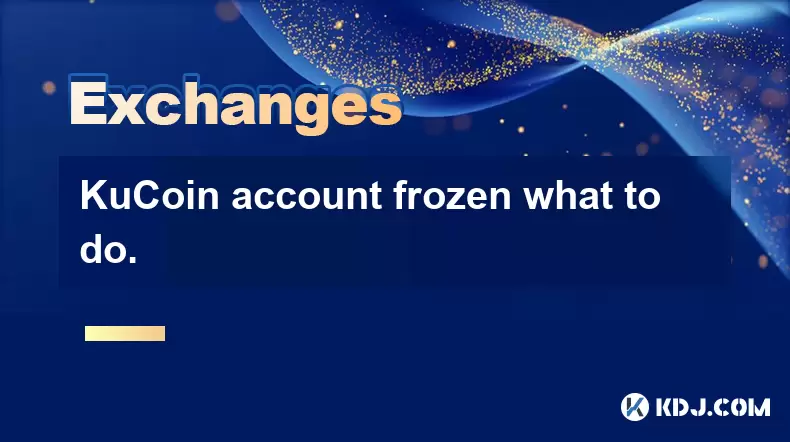
KuCoin account frozen what to do.
Jul 19,2025 at 12:08am
Understanding Why a KuCoin Account Gets FrozenIf your KuCoin account has been frozen, the first step is to understand why this has happened. KuCoin, l...

Is KuCoin a decentralized exchange?
Jul 18,2025 at 03:15pm
Understanding Decentralized Exchanges (DEXs)To determine whether KuCoin is a decentralized exchange, it's essential to first understand what defines a...

How to trade options on KuCoin?
Jul 19,2025 at 03:42am
Understanding Options Trading on KuCoinOptions trading on KuCoin allows users to speculate on the future price movements of cryptocurrencies without o...

Lost Google Authenticator for KuCoin
Jul 19,2025 at 02:35am
Understanding the Importance of Google Authenticator in KuCoin SecurityGoogle Authenticator is a critical tool used by KuCoin users to enable two-fact...

What is the maker-taker fee on KuCoin?
Jul 18,2025 at 12:42pm
Understanding the Maker-Taker Fee ModelThe maker-taker fee model is a pricing structure used by many cryptocurrency exchanges, including KuCoin, to de...

KuCoin account frozen what to do.
Jul 19,2025 at 04:35am
Understanding Why Your KuCoin Account Was FrozenIf you've discovered that your KuCoin account is frozen, the first step is to understand why this has ...

KuCoin account frozen what to do.
Jul 19,2025 at 12:08am
Understanding Why a KuCoin Account Gets FrozenIf your KuCoin account has been frozen, the first step is to understand why this has happened. KuCoin, l...
See all articles

























































































